We were invited to visit friends in the south of France (Sud de France), conjuring visions of trendy beach resorts, film festivals, and visiting celebrities chased by paparazzi seeking photo ops.
But there is another Sud, one overshadowed by snow-capped peaks of the towering Pyrénées, vistas of verdant fields, and perfectly symmetrical vineyards often bordered by meandering canals carrying houseboats, pleasure craft, and sightseeing vessels of varying configurations.
Intersecting the fertile countryside are small villages whose narrow winding streets are lined with ancient stone houses adorned with wooden shutters of questionable colour and age, red-tiled roofs, hanging fragrant wisteria blossoms, and cars parked every which way wherever there is an inch of pavement not already occupied.
Our friends were ensconced in one such village just outside of Carcassonne in the Languedoc-Roussillon region. Our mutual mission was to eat, drink, and explore the history and culture of the area.
Walled City of Carcassonne
Our trip began with the Rail Europe TGV directly from Charles de Gaul airport to Carcassonne. Once settled in our plush seats we relaxed and enjoyed the passing scene. Dark green cypress trees and lighter shades of birch, plane, and umbrella trees separated the fields and vineyards. Growing wild along the road beside fields of green legumes and bright yellow rapeseed were flowering red bud trees, knobby mulberry trees, wildflowers, lilac, and wisteria.
After a wonderful dinner at a local restaurant and a good night’s rest we were eager to visit the walled city of Carcassonne, a UNESCO World Heritage Site since 1997. The area was inhabited as early as 2,500 years ago but traces of earlier civilizations have long since been erased by waves of conquering armies.
By the 12th century a system of independent and powerful dynastic families held sway over the region. Carcassonne was owned by the Trencavel family—the viscounts of Carcassonne—who built the original Château Comtal in what could be considered a golden age of peace and religious freedom. It was destroyed during the Albigensian Crusade and rebuilt by King Louis IX to support the restructured political order.
The day of our visit was perfect with a clear blue sky and high puffy cotton-candy clouds. We walked the ramparts and explored the archaeological collections and the Romanesque murals still visible on the walls of the “keep” room. Once we completed the “cultural” portion of our visit we strolled through the alleyways and streets surrounding the Château, shopping and tasting locally made sweet treats.
Cathedral of Sainte-Cécile
Next day we headed for Albi and the Cathedral of Sainte-Cécile, which can only be described as extraordinary. Originally built as a fortress by the Catholic Church to extol its power after the Albigensian Crusades, it is the largest brick cathedral in the world.
Entering through the grandiose Gothic portico I was struck by the ravishing scene inside. There is not one inch of the massive interior that is not decorated, including the vaulted ceiling, but it was the grisly work at the front of the church that caught my attention. The mural of “The Last Judgment” that covers the rounded west wall of the nave is shocking. Painted by unknown Franco-Flemish artists between 1474-1484, (contemporaneous with Hieronymus Bosch and obviously influenced by him or visa-versa) scenes of horrifying and demonic images confront the viewer.
After leaving the church we refreshed ourselves with the fruit sorbets so popular in le Midi and visited the Toulouse-Lautrec Museum and gardens. The museum is housed in the Palais de la Berbie, a 13th-century palace built by the Bishops of Albi that is being restored to its original grandeur.
A modern reception leads into the museum, which holds a retrospective of Henri de Toulouse-Lautrec’s fine art along with his promotional posters of well-known performers. The gardens behind the museum overlooking the Tarn River are a masterwork of French formal topiary design and provide a spectacular photo op.
Tumultuous History
There are so many paths to explore in this rich area: historic, religious, artistic, and gastronomic. The coveted territory was fought over by invasions from without and from within. The early religious diversity and freedom was replaced by hideous exterminations, leaving deep scars in the landscape. Generations later, the colours and vistas inspired the Impressionist art movement and the terroire gave birth to a delicious cuisine and wonderful local wines.
Aigues-Mortes is a perfect example. It was dredged out of a swampland belonging to the Holy Roman Empire by King Louis IX to launch the Seventh Crusade to the Holy Land in 1246. The resulting walled medieval city is perfectly preserved with its towers and ramparts intact. Today it supports a thriving art community and is a jumping-off point for cruises to the Camargue, known for its pure-white wild horses. The fearless horses are ridden by cattlemen to herd the bulls that are bred in the area.
After our mini-cruise we continued on to La-Sainte-Baume arriving just in time for a medieval festival. By the looks of it, everyone in town participated in the dress-up. We saw stilt-walkers, jugglers, musicians, dancers and Knights Templar in full regalia, with everyone enjoying themselves and posing for pictures with the tourists. It was serendipitous and added to the authentic ambiance of the town.
Aix-en-Provence
On to Aix-en-Provence, where we found a modern bustling city so different from the sleepy small towns we had been touring through. We walked down Cours Mirabeau and stopped for a petit déjeuner (breakfast) at a sidewalk café called Les Deux Garçons. It turned out to be a landmark since 1792, and had hosted luminaries such as Churchill, Sartre, Picasso, Edith Piaf, and Jean Cocteau. It was also a daily rendezvous point for Paul Cezanne and Emile Zola, both native sons of Aix.
Behind Cours Mirabeau you can stroll the winding cobblestone streets of the “old” 17th and 18th-century town or visit Paul Cezanne’s workshop or museum.
It rained on our train ride back to Paris. The heavy fog turned the scenery into a Cezanne painting, all soft with muted colours and shapes of trees and hills far away lost in a dream—a fitting ending to a trip filled with charming towns, great art, delicious food, and even better wines.
Barbara Angelakis is a seasoned international traveller and award-winning writer based in the New York City area. To read more of her articles and adventures visit LuxuryWeb Magazine at www.luxuryweb.com

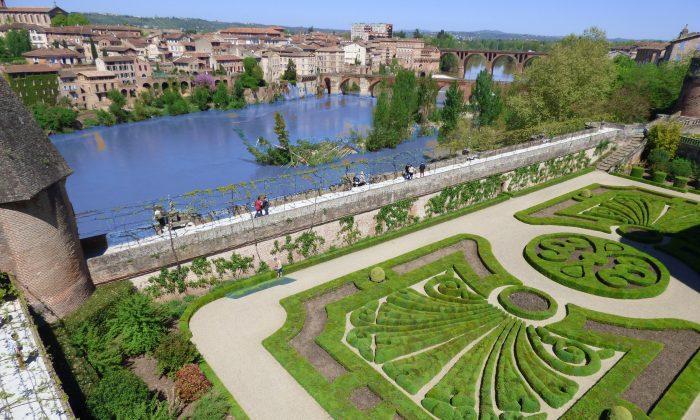
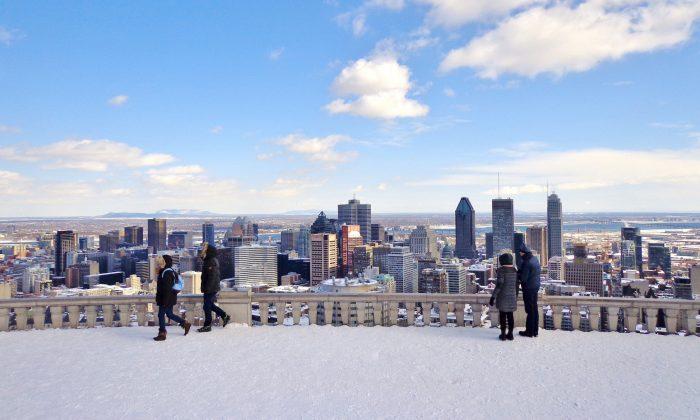
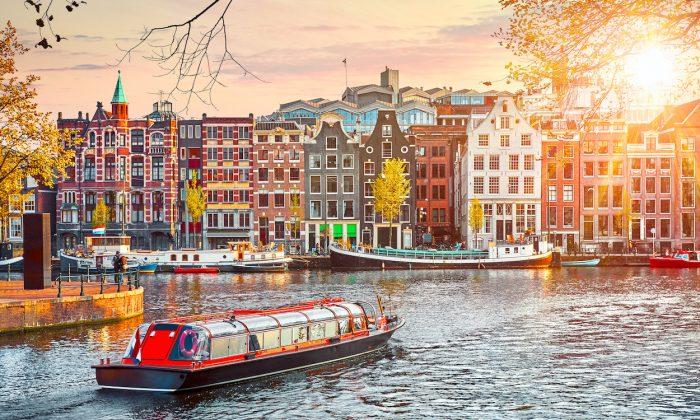
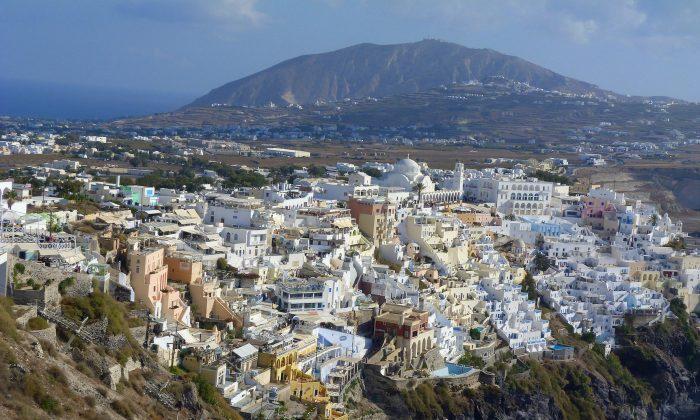
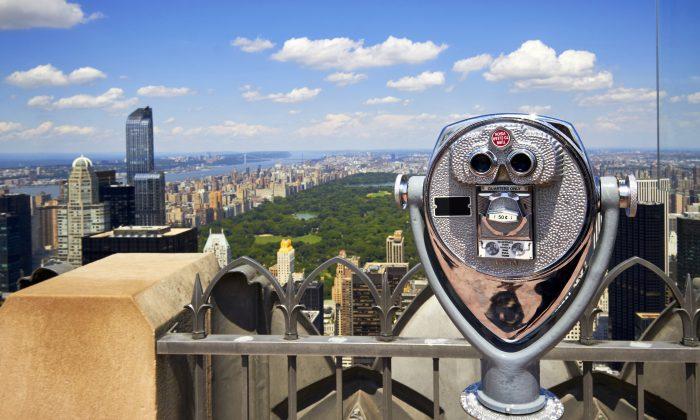
Friends Read Free